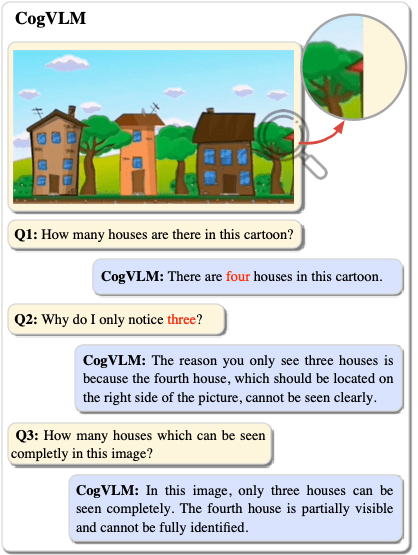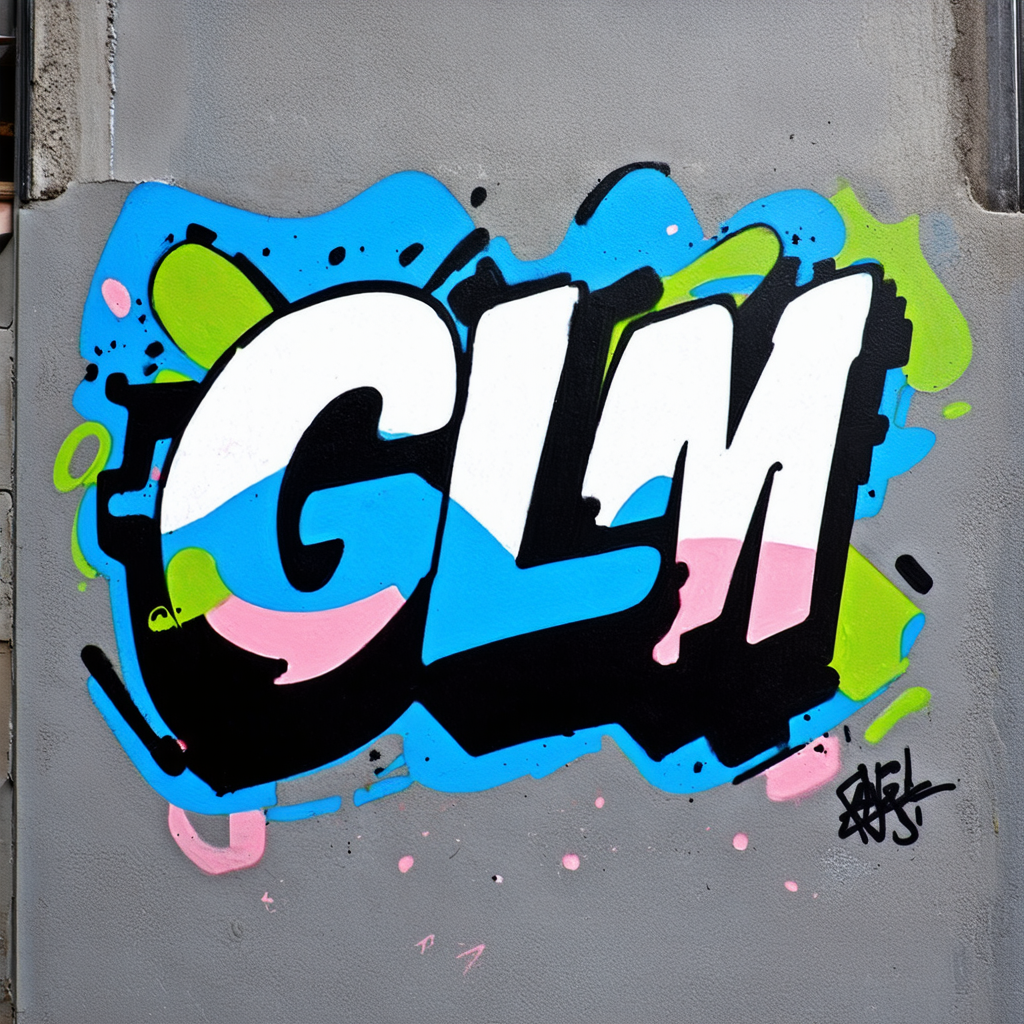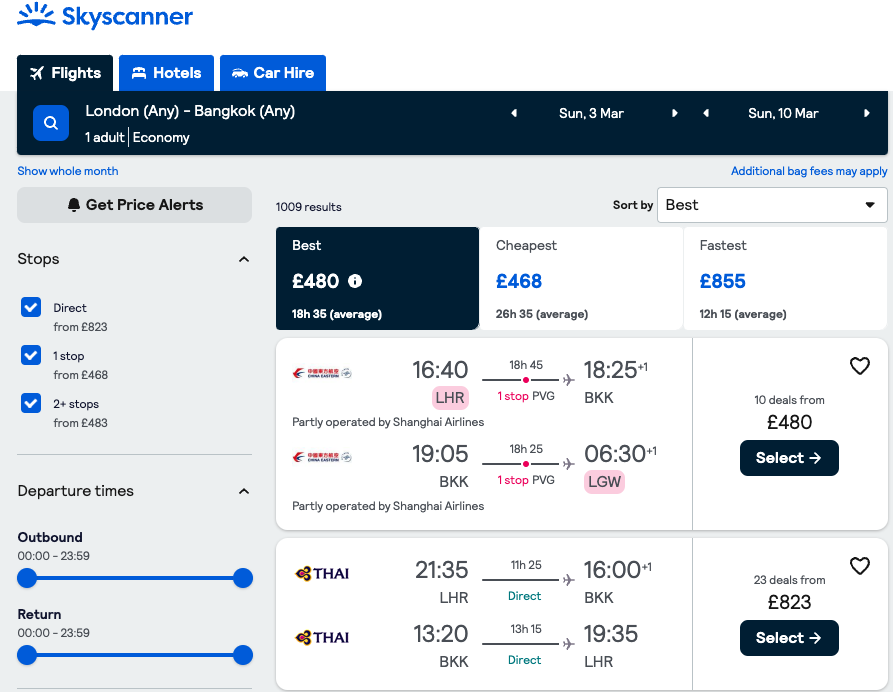cogvlm
Maintainer: naklecha

10

| Property | Value |
|---|---|
| Model Link | View on Replicate |
| API Spec | View on Replicate |
| Github Link | View on Github |
| Paper Link | View on Arxiv |
Create account to get full access
Model Overview
cogvlm is a powerful open-source visual language model (VLM) developed by the team at Tsinghua University. Compared to similar visual-language models like cogvlm and llava-13b, cogvlm stands out with its state-of-the-art performance on a wide range of cross-modal benchmarks, including NoCaps, Flickr30k captioning, and various visual question answering tasks.
The model has 10 billion visual parameters and 7 billion language parameters, allowing it to understand and generate detailed descriptions of images. Unlike some previous VLMs that struggled with hallucination, cogvlm is known for its ability to provide accurate and factual information about the visual content.
Model Inputs and Outputs
Inputs
- Image: An image in a standard image format (e.g. JPEG, PNG) provided as a URL.
- Prompt: A text prompt describing the task or question to be answered about the image.
Outputs
- Output: An array of strings, where each string represents the model's response to the provided prompt and image.
Capabilities
cogvlm excels at a variety of visual understanding and reasoning tasks. It can provide detailed descriptions of images, answer complex visual questions, and even perform visual grounding - identifying and localizing specific objects or elements in an image based on a textual description.
For example, when shown an image of a park scene and asked "Can you describe what you see in the image?", cogvlm might respond with a detailed paragraph capturing the key elements, such as the lush green grass, the winding gravel path, the trees in the distance, and the clear blue sky overhead.
Similarly, if presented with an image of a kitchen and the prompt "Where is the microwave located in the image?", cogvlm would be able to identify the microwave's location and provide the precise bounding box coordinates.
What Can I Use It For?
The broad capabilities of cogvlm make it a versatile tool for a wide range of applications. Developers and researchers could leverage the model for tasks such as:
- Automated image captioning and visual question answering for media or educational content
- Visual interface agents that can understand and interact with graphical user interfaces
- Multimodal search and retrieval systems that can match images to relevant textual information
- Visual data analysis and reporting, where the model can extract insights from visual data
By tapping into cogvlm's powerful visual understanding, these applications can offer more natural and intuitive experiences for users.
Things to Try
One interesting way to explore cogvlm's capabilities is to try various types of visual prompts and see how the model responds. For example, you could provide complex scenes with multiple objects and ask the model to identify and localize specific elements. Or you could give it abstract or artistic images and see how it interprets and describes the visual content.
Another interesting avenue to explore is the model's ability to handle visual grounding tasks. By providing textual descriptions of objects or elements in an image, you can test how accurately cogvlm can pinpoint their locations and extents.
Ultimately, the breadth of cogvlm's visual understanding makes it a valuable tool for a wide range of applications. As you experiment with the model, be sure to share your findings and insights with the broader AI community.
This summary was produced with help from an AI and may contain inaccuracies - check out the links to read the original source documents!
Related Models

cogvlm

545
CogVLM is a powerful open-source visual language model developed by the maintainer cjwbw. It comprises a vision transformer encoder, an MLP adapter, a pretrained large language model (GPT), and a visual expert module. CogVLM-17B has 10 billion vision parameters and 7 billion language parameters, and it achieves state-of-the-art performance on 10 classic cross-modal benchmarks, including NoCaps, Flicker30k captioning, RefCOCO, and more. It can also engage in conversational interactions about images. Similar models include segmind-vega, an open-source distilled Stable Diffusion model with 100% speedup, animagine-xl-3.1, an anime-themed text-to-image Stable Diffusion model, cog-a1111-ui, a collection of anime Stable Diffusion models, and videocrafter, a text-to-video and image-to-video generation and editing model. Model inputs and outputs CogVLM is a powerful visual language model that can accept both text and image inputs. It can generate detailed image descriptions, answer various types of visual questions, and even engage in multi-turn conversations about images. Inputs Image**: The input image that CogVLM will process and generate a response for. Query**: The text prompt or question that CogVLM will use to generate a response related to the input image. Outputs Text response**: The generated text response from CogVLM based on the input image and query. Capabilities CogVLM is capable of accurately describing images in detail with very few hallucinations. It can understand and answer various types of visual questions, and it has a visual grounding version that can ground the generated text to specific regions of the input image. CogVLM sometimes captures more detailed content than GPT-4V(ision). What can I use it for? With its powerful visual and language understanding capabilities, CogVLM can be used for a variety of applications, such as image captioning, visual question answering, image-based dialogue systems, and more. Developers and researchers can leverage CogVLM to build advanced multimodal AI systems that can effectively process and understand both visual and textual information. Things to try One interesting aspect of CogVLM is its ability to engage in multi-turn conversations about images. You can try providing a series of related queries about a single image and observe how the model responds and maintains context throughout the conversation. Additionally, you can experiment with different prompting strategies to see how CogVLM performs on various visual understanding tasks, such as detailed image description, visual reasoning, and visual grounding.
Updated Invalid Date
📉
CogVLM

129
CogVLM is a powerful open-source visual language model (VLM) developed by THUDM. CogVLM-17B has 10 billion vision parameters and 7 billion language parameters, and it achieves state-of-the-art performance on 10 classic cross-modal benchmarks, including NoCaps, Flicker30k captioning, RefCOCO, RefCOCO+, RefCOCOg, Visual7W, GQA, ScienceQA, VizWiz VQA and TDIUC. It also ranks second on VQAv2, OKVQA, TextVQA, and COCO captioning, surpassing or matching the larger PaLI-X 55B model. CogVLM comprises four fundamental components: a vision transformer (ViT) encoder, an MLP adapter, a pretrained large language model (GPT), and a visual expert module. This unique architecture allows CogVLM to effectively leverage both visual and linguistic information for tasks such as image captioning, visual question answering, and image-text retrieval. Model inputs and outputs Inputs Images**: CogVLM can process a single image or a batch of images as input. Text**: CogVLM can accept text prompts, questions, or captions as input, which are then used in conjunction with the image(s) to generate outputs. Outputs Image captions**: CogVLM can generate natural language descriptions for input images. Answers to visual questions**: CogVLM can answer questions about the content and attributes of input images. Retrieval of relevant images**: CogVLM can retrieve the most relevant images from a database based on text queries. Capabilities CogVLM demonstrates impressive capabilities in cross-modal tasks, such as image captioning, visual question answering, and image-text retrieval. It can generate detailed and accurate descriptions of images, answer complex questions about visual content, and find relevant images based on text prompts. The model's strong performance on a wide range of benchmarks suggests its versatility and potential for diverse applications. What can I use it for? CogVLM could be used in a variety of applications that involve understanding and generating content at the intersection of vision and language. Some potential use cases include: Automated image captioning for social media, e-commerce, or accessibility purposes. Visual question answering to help users find information or answer questions about images. Intelligent image search and retrieval for stock photography, digital asset management, or visual content discovery. Multimodal content generation, such as image-based storytelling or interactive educational experiences. Things to try One interesting aspect of CogVLM is its ability to engage in image-based conversations, as demonstrated in the provided demo. Users can interact with the model by providing images and prompts, and CogVLM will generate relevant responses. This could be a valuable feature for applications that require natural language interaction with visual content, such as virtual assistants, chatbots, or interactive educational tools. Another area to explore is the model's performance on specialized or domain-specific tasks. While CogVLM has shown strong results on general cross-modal benchmarks, it would be interesting to see how it fares on more niche or specialized tasks, such as medical image analysis, architectural design, or fine-art appreciation.
Updated Invalid Date

glm-4v-9b

3.2K
glm-4v-9b is a powerful multimodal language model developed by Tsinghua University that demonstrates state-of-the-art performance on several benchmarks, including optical character recognition (OCR). It is part of the GLM-4 series of models, which includes the base glm-4-9b model as well as the glm-4-9b-chat and glm-4-9b-chat-1m chat-oriented models. The glm-4v-9b model specifically adds visual understanding capabilities, allowing it to excel at tasks like image description, visual question answering, and multimodal reasoning. Compared to similar models like sdxl-lightning-4step and cogvlm, the glm-4v-9b model stands out for its strong performance across a wide range of multimodal benchmarks, as well as its support for both Chinese and English languages. It has been shown to outperform models like GPT-4, Gemini 1.0 Pro, and Claude 3 Opus on these tasks. Model inputs and outputs Inputs Image**: An image to be used as input for the model Prompt**: A text prompt describing the task or query for the model Outputs Output**: The model's response, which could be a textual description of the input image, an answer to a visual question, or the result of a multimodal reasoning task. Capabilities The glm-4v-9b model demonstrates strong multimodal understanding and generation capabilities. It can generate detailed, coherent descriptions of input images, answer questions about the visual content, and perform tasks like visual reasoning and optical character recognition. For example, the model can analyze a complex chart or diagram and provide a summary of the key information and insights. What can I use it for? The glm-4v-9b model could be a valuable tool for a variety of applications that require multimodal intelligence, such as: Intelligent image captioning and visual question answering for social media, e-commerce, or creative applications Multimodal document understanding and analysis for business intelligence or research tasks Multimodal conversational AI assistants that can engage in visual and textual dialogue The model's strong performance and broad capabilities make it a compelling option for developers and researchers looking to push the boundaries of what's possible with language models and multimodal AI. Things to try One interesting thing to try with the glm-4v-9b model is exploring its ability to perform multimodal reasoning tasks. For example, you could provide the model with an image and a textual prompt that requires analyzing the visual information and drawing inferences. This could involve tasks like answering questions about the relationships between objects in the image, identifying anomalies or inconsistencies, or generating hypothetical scenarios based on the visual content. Another area to explore is the model's potential for multimodal content generation. You could experiment with providing the model with a combination of image and text inputs, and see how it can generate new, creative content that seamlessly integrates the visual and textual elements.
Updated Invalid Date

cogagent-chat

2
cogagent-chat is a visual language model created by cjwbw that can generate textual descriptions for images. It is similar to other powerful open-source visual language models like cogvlm and models for screenshot parsing like pix2struct. The model is also related to large text-to-image models like stable-diffusion and can be used for tasks like controlling vision-language models for universal image restoration with models like daclip-uir. Model inputs and outputs The cogagent-chat model takes two inputs: an image and a query. The image is the visual input that the model will analyze, and the query is the natural language prompt that the model will use to generate a textual description of the image. The model also takes a temperature parameter that adjusts the randomness of the textual outputs, with higher values being more random and lower values being more deterministic. Inputs Image**: The input image to be analyzed Query**: The natural language prompt used to generate the textual description Temperature**: Adjusts randomness of textual outputs, with higher values being more random and lower values being more deterministic Outputs Output**: The textual description of the input image generated by the model Capabilities cogagent-chat is a powerful visual language model that can generate detailed and coherent textual descriptions of images based on a provided query. This can be useful for a variety of applications, such as image captioning, visual question answering, and automated image analysis. What can I use it for? You can use cogagent-chat for a variety of projects that involve analyzing and describing images. For example, you could use it to build a tool for automatically generating image captions for social media posts, or to create a visual search engine that can retrieve relevant images based on natural language queries. The model could also be integrated into chatbots or other conversational AI systems to provide more intelligent and visually-aware responses. Things to try One interesting thing to try with cogagent-chat is using it to generate descriptions of complex or abstract images, such as digital artwork or visualizations. The model's ability to understand and interpret visual information could be used to provide unique and insightful commentary on these types of images. Additionally, you could experiment with the temperature parameter to see how it affects the creativity and diversity of the model's textual outputs.
Updated Invalid Date